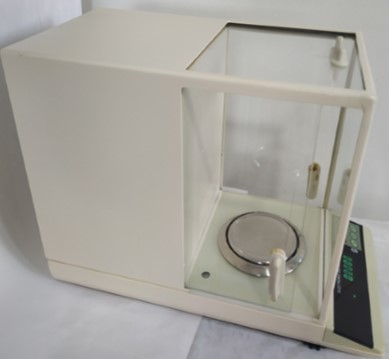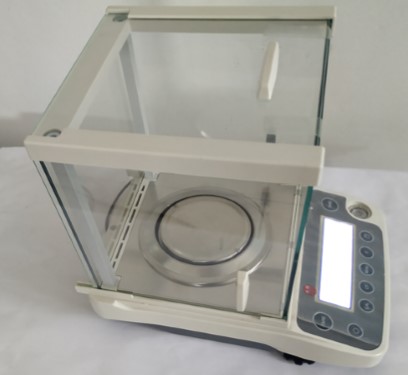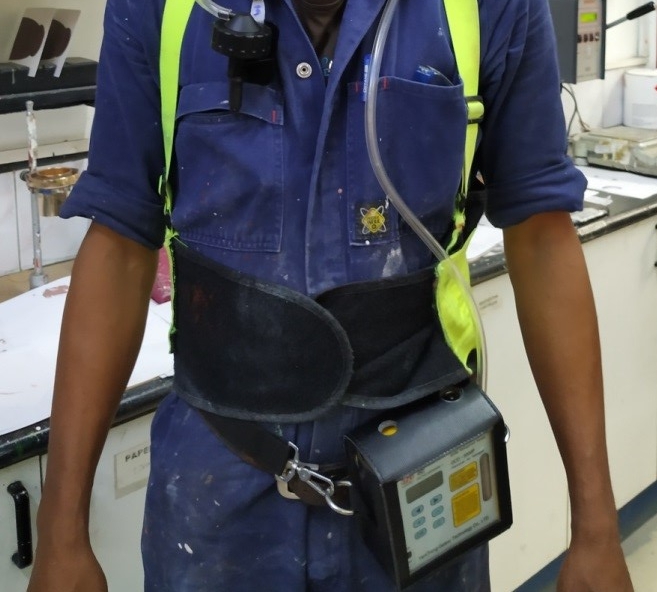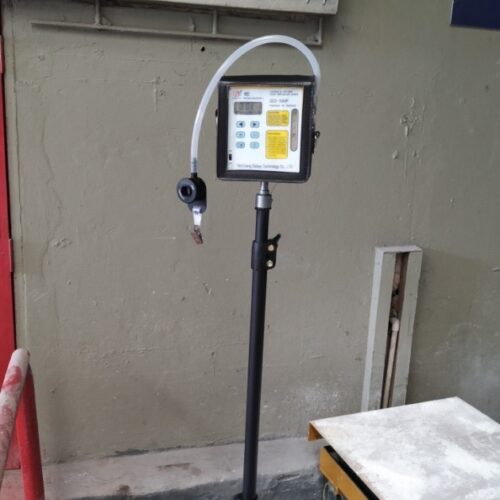Dust & Particulate Monitoring
OHCS provides dust/ particulate monitoring of static or personal workplace airborne contaminants such as general nuisance dust, flour dust, wood dust, silica, diesel particulate, mineral dust, metal dust, fibres & etc.
Airborne contaminants occur in the form of gases and vapours or as aerosols. Aerosols may exist as airborne dusts, sprays, mists, smokes and fumes. In the occupational setting, it is important to conduct air quality testing and/or personal exposure monitoring assessments regarding dust and particulates because they relate to a wide range of occupational diseases.
Inhalable dust – the fraction of airborne material which enters the nose and mouth during breathing and is therefore liable to deposit anywhere in the respiratory tract.
Inhalable dust is up to 100 micrometres in size (AS 3640).
Respirable dust – the fraction which penetrates to the deep lung where gas exchange takes place. Respirable dust is up to approx. 5-7 micrometres (AS 2985).
One of the most important steps in reducing the risk of health exposure of airborne contaminants is to monitor (sampling) in line with approved standards and compare with workplace exposure standard.
According to Paracelsus “No substance is a poison by itself, it is the dose that makes a substance a poison” (1540).
Workplace Exposure Standards (WES)
It is a ‘dividing line’ between no-effect and effect levels of exposure for airborne contaminants where there is an individual ‘threshold of intoxication’. Above this ‘threshold’ adverse health effects may occur. WES or any approved exposure standards is used to assess quality of working environments and indicate where appropriate control measures are required. It is expressed as Time Weighted Average (TLV), Short Term Exposure Limit (STEL) and Peak – Peak Limitation.
Airborne concentrations are representative of worker exposure and it must be collected in following condition:
• Occupational or personal sampling
• Collected in breathing zone &
• Collected over at least half the shift
Then concentration level is calculated and compared with exposure standard value for that airborne contaminant.
For enquiries please contact Rohith Prasad.





